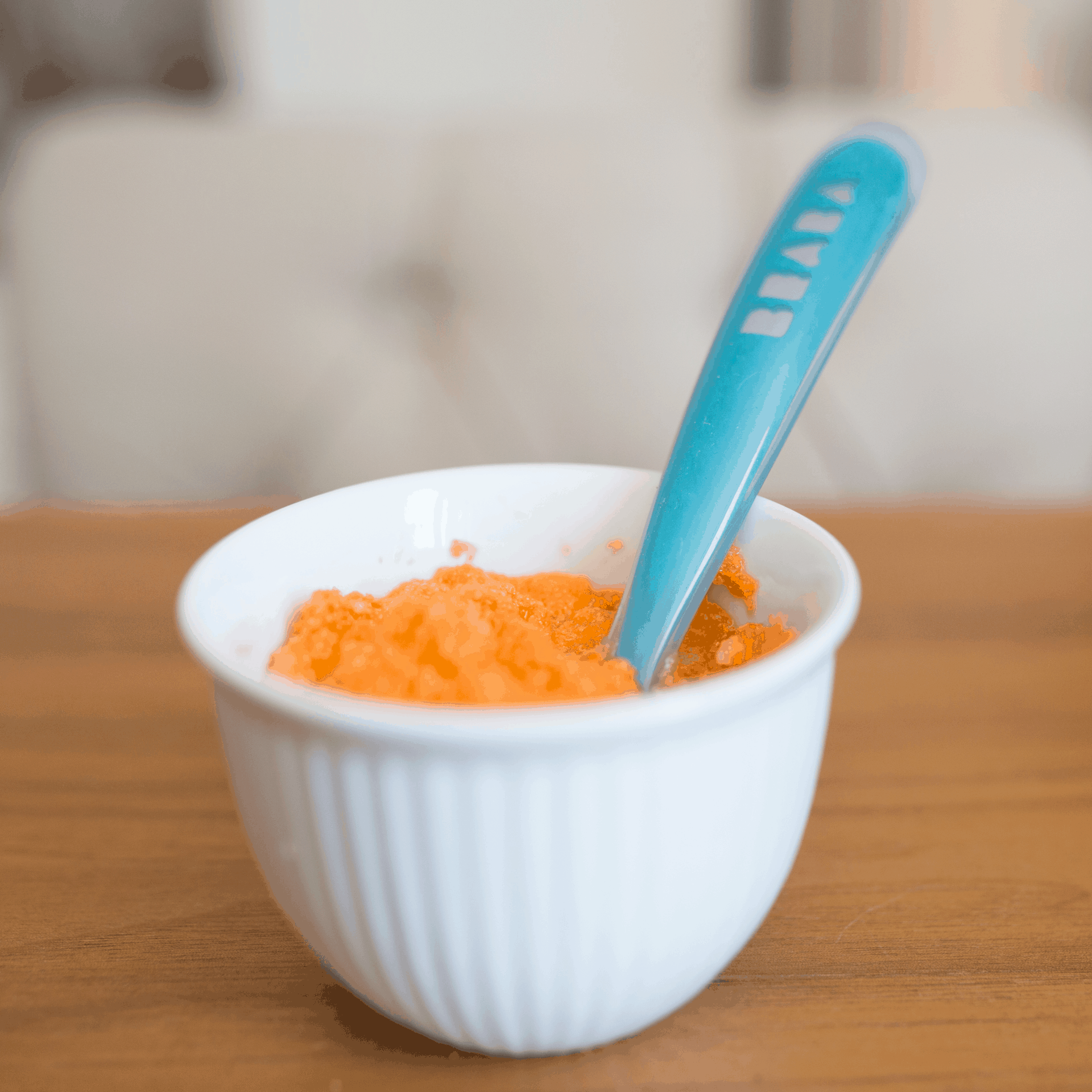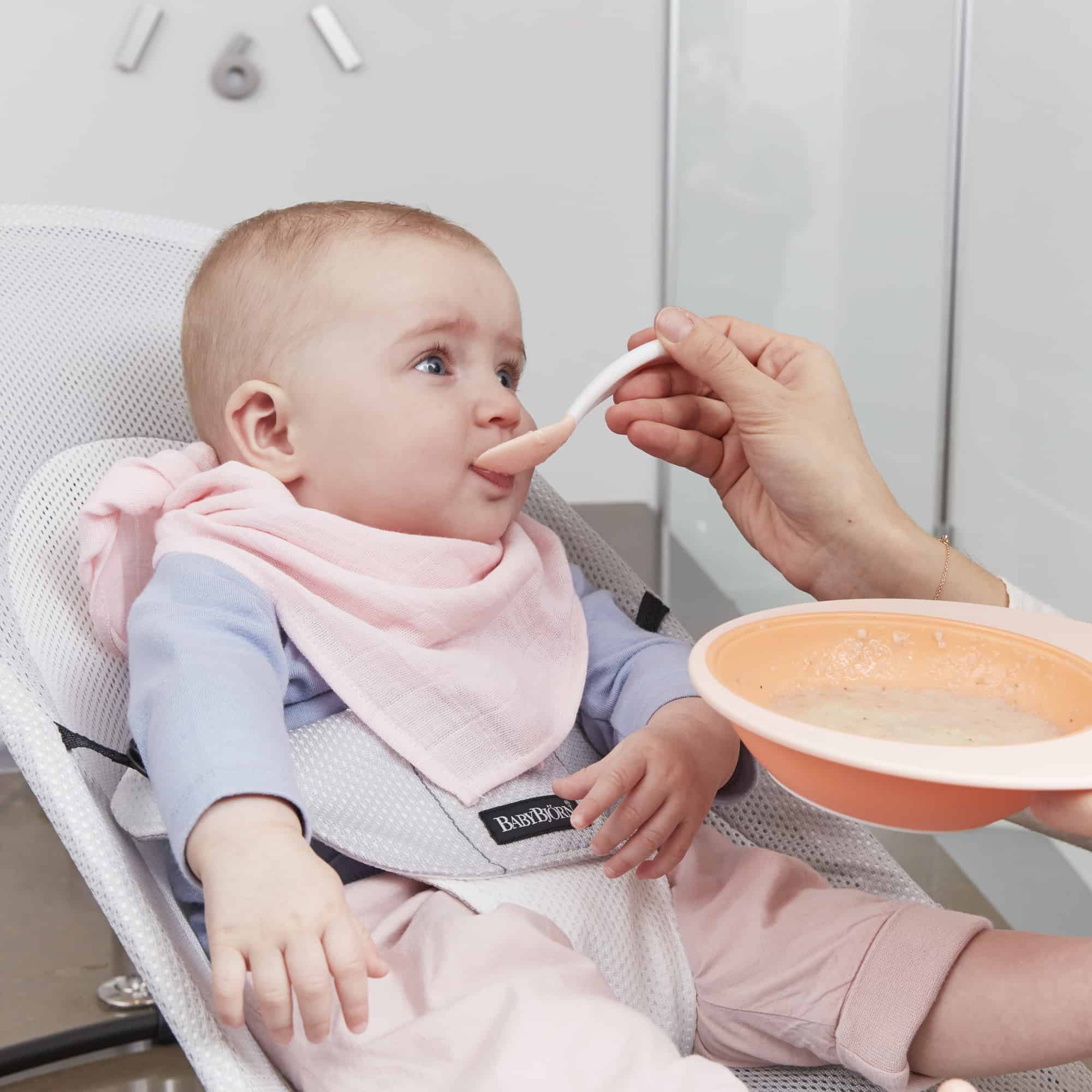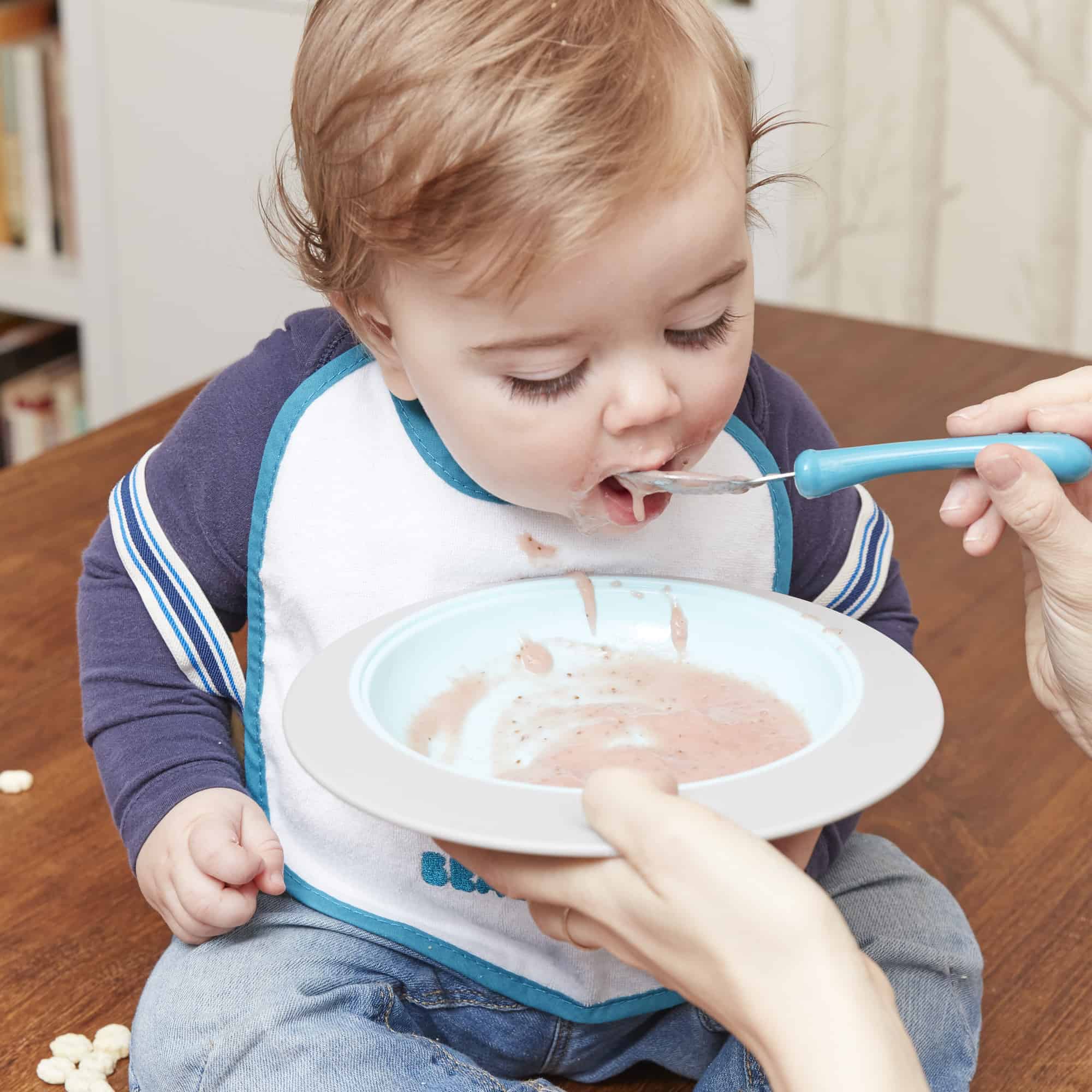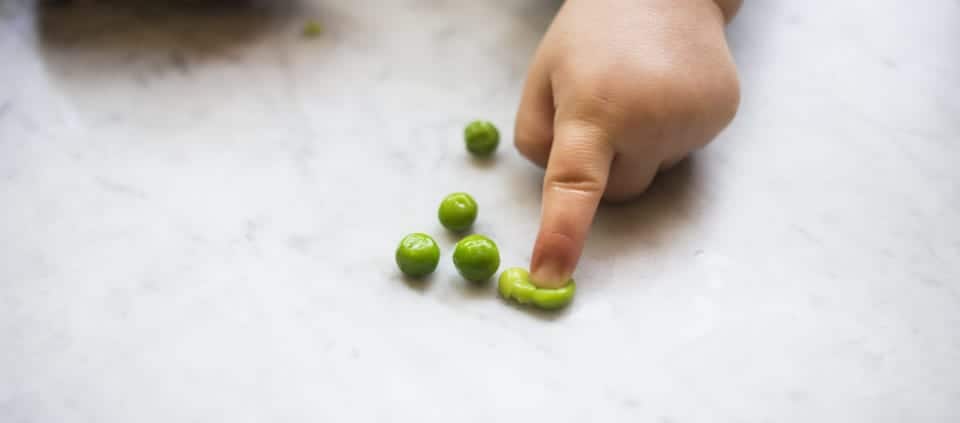Starting Your Baby on Solid Foods: Part 1
This article was written by Dr. Sonali Ruder. You can find her at: https://thefoodiephysician.com/.
When Should My Baby Start Solids?
 Starting solids is one of the biggest milestones in your baby’s first year of life. It’s also an exciting time for new parents. You and your baby are about to set off on quite an adventure as you introduce them to a whole new world of flavors! For many parents, introducing solid foods can also be confusing and intimidating. Even though you may be eager to get your baby off to a good culinary start, you may be unsure of how to begin and most parents have a lot of questions.
Starting solids is one of the biggest milestones in your baby’s first year of life. It’s also an exciting time for new parents. You and your baby are about to set off on quite an adventure as you introduce them to a whole new world of flavors! For many parents, introducing solid foods can also be confusing and intimidating. Even though you may be eager to get your baby off to a good culinary start, you may be unsure of how to begin and most parents have a lot of questions.
Ideally, most babies should be started on solids around 6 months of age, when they are developmentally ready. This recommendation stems from the fact that most babies are born with enough iron stores to meet their nutritional needs for approximately their first 6 months of life. After that, your baby’s natural iron stores will be depleted, and they will need to get iron from solid foods (in addition to breast milk or formula). However, each child’s readiness depends on his own rate of development, so don’t rely solely on the calendar!
Complement, Don’t Replace

 When you start solid food, it should not be seen as a replacement for breast milk; rather, it should complement it. Breast milk or formula will still be the mainstay of your baby’s diet for their first year. By introducing solids, you are helping your baby get used to the process of chewing and swallowing food, introducing them to new tastes and textures. Don’t worry if it seems like your baby is more interested in playing with their food rather than eating it; as long as you continue breast milk or formula feedings, you can rest assured that your baby is getting the proper nutrition. Slowly, over the course of the next year, you will wean your baby by gradually reducing the breast milk or formula feedings and increasing the solids.
When you start solid food, it should not be seen as a replacement for breast milk; rather, it should complement it. Breast milk or formula will still be the mainstay of your baby’s diet for their first year. By introducing solids, you are helping your baby get used to the process of chewing and swallowing food, introducing them to new tastes and textures. Don’t worry if it seems like your baby is more interested in playing with their food rather than eating it; as long as you continue breast milk or formula feedings, you can rest assured that your baby is getting the proper nutrition. Slowly, over the course of the next year, you will wean your baby by gradually reducing the breast milk or formula feedings and increasing the solids.
Follow the 3-5 Day Rule
 Introduce solid foods one at a time, for 3-5 days; that way, if your baby has an adverse reaction, you’ll be more likely to know which food caused it. You can also note which foods they seem to prefer and which ones they don’t. If your baby makes faces when you offer them a certain food, that doesn’t necessarily mean they don’t like it. It could just be that it’s new and different, and they need time to get used to it. Be persistent, and offer it again at another time. Research indicates that some babies need multiple exposures to a new taste before they learn to enjoy it. In fact, it can take as many as 10–15 tries before a baby accepts a new food!
Introduce solid foods one at a time, for 3-5 days; that way, if your baby has an adverse reaction, you’ll be more likely to know which food caused it. You can also note which foods they seem to prefer and which ones they don’t. If your baby makes faces when you offer them a certain food, that doesn’t necessarily mean they don’t like it. It could just be that it’s new and different, and they need time to get used to it. Be persistent, and offer it again at another time. Research indicates that some babies need multiple exposures to a new taste before they learn to enjoy it. In fact, it can take as many as 10–15 tries before a baby accepts a new food!
Once your baby begins tolerating a few single ingredients, you can start giving food in combinations. This is when you can let your creative side shine, and the fun really begins! Have fun mixing and matching; while you may not necessarily think to combine fruits and vegetables like broccoli, peas and pears, it might just be a combination that your baby loves.
How Much and How Often Should I Feed My Baby?
 There’s no mathematical formula to tell you how much food you should feed your baby. Your pediatrician may give you a sample feeding schedule to give you an idea of how much your baby should be eating, but every baby progresses at a different pace—you will need to follow their lead. Start with solids once a day while continuing to breastfeed or give formula. Increase to two solid meals a day and gradually work your way up until you’re giving your baby solids three times a day. Note that this can take a couple of months. By around 8–9 months, most babies will be eating three solid food meals per day. Also, slowly increase the amount of food you give at each feeding. Start with about 1–2 tablespoons of solids at each feeding and increase it over the next couple of months to ¼ cup, and then ½ cup (4 ounces) or more.
There’s no mathematical formula to tell you how much food you should feed your baby. Your pediatrician may give you a sample feeding schedule to give you an idea of how much your baby should be eating, but every baby progresses at a different pace—you will need to follow their lead. Start with solids once a day while continuing to breastfeed or give formula. Increase to two solid meals a day and gradually work your way up until you’re giving your baby solids three times a day. Note that this can take a couple of months. By around 8–9 months, most babies will be eating three solid food meals per day. Also, slowly increase the amount of food you give at each feeding. Start with about 1–2 tablespoons of solids at each feeding and increase it over the next couple of months to ¼ cup, and then ½ cup (4 ounces) or more.
Throughout this whole process, it is important to continue to give breast milk or formula between or with feedings. After you introduce solids, babies still need about 24–32 ounces of breast milk or formula a day, divided into 4–5 feedings. While solids provide some nutrients and calories, the small amounts your baby will be starting with aren’t enough to sustain them. Remember, breast milk or formula is still going to be your baby’s primary source of nutrition. The amount of breast milk or formula your baby needs will decrease over time as your baby transitions fully to solids.
For more information about starting your baby on solids including detailed feeding schedules, refer to Dr. Ruder’s book: Natural Baby Food: 150 Wholesome, Nutritious Recipes For Your Baby and Toddler.





I just finished my outpatient pediatrics rotation and this book would’ve been so helpful to have on hand when I was counseling my patients–there’s so much practical and valuable information in there! (My copy is back in CA–I need to get my parents to mail it over! 😛 )